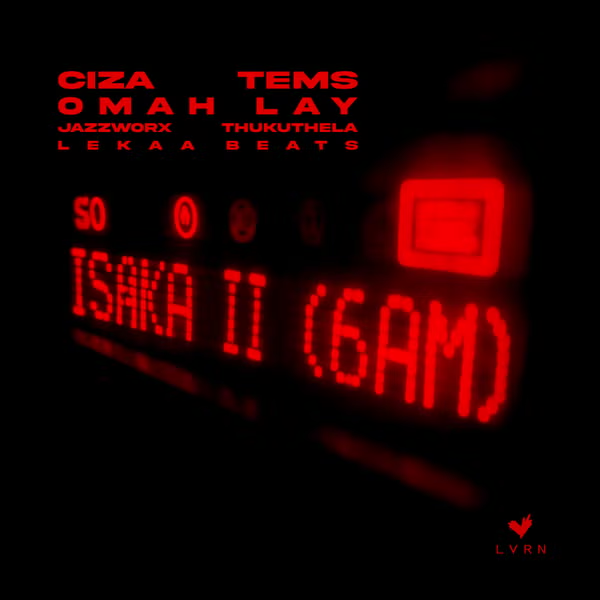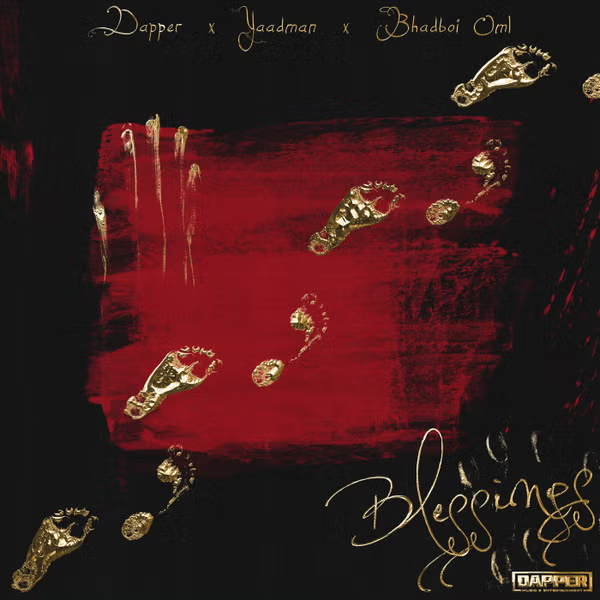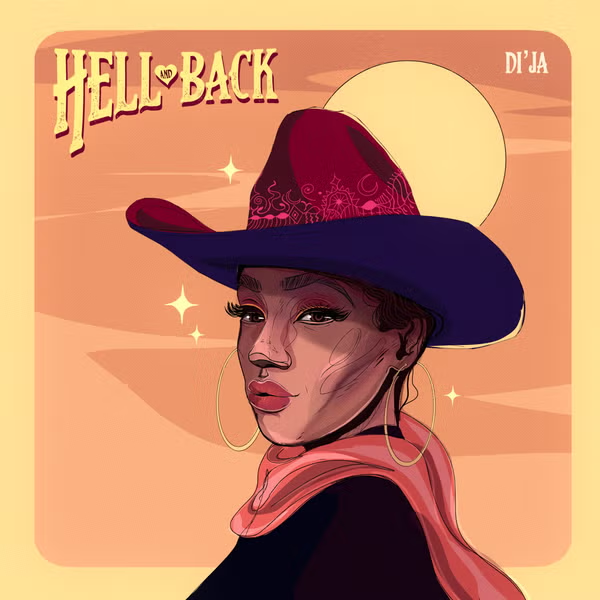We all need to pass time every now and then and playing a board game is a very good way to do that. For some people, however, games go beyond leisure. Before our present age of video games, board games were the major gaming entertainment for many Africans. Here are ten of the most popular ones across Africa.
1. Mancala, Oware, Bao (Played throughout Africa)
Mancala is one of the oldest games in the world, dating back thousands of years. You may know the game as bao, mancala, oware, ayo, omweso, enkeshui or aweet.
There are in fact more than 200 versions of this “count and capture” game, played throughout Africa, all with slightly different rules. In North and West Africa it’s common to use two rows of pits, in Ethiopia they play with 3 rows, and in East and southern Africa, they play with four rows. Some games have “stores” at the end of each board, others do not.
2. Morabaraba or Umlabalaba (Southern Africa) and Shax (Somalia)
Morabaraba is a traditional African game played by many in South Africa. A version called Shax is also popular in Somalia and Achi in Ghana.
Morabaraba in southern Africa was used to teach herd boys appreciation for tactical thinking. The game pieces are called “cows” and the object is to form “mills” or rows of three in order to “shoot” one of the opponents “cows.” Rules differ from region to region, but there is a standard set of rules.
3. Zamma, Dhamet (North Africa)
Zamma is a traditional game played in North Africa. The board is square with nine rows across and nine down. Each player gets 40 pieces, black (called men) and white (called women). Black starts to play first. The pieces follow the pattern of the board, can only move forward, and capture their opponents by hopping over them.
4. Fanorona (Madagascar)
Fanorona is a very popular board game in Madagascar and has been played for hundreds of years. Legend has it that in the 1500s, a king’s son was so busy playing the game, he lost his chance to inherit land from his father.
A Fanorona board is a 9×5 grid pattern where some pieces can move diagonally as well as forward and backward. Each player has 22 pieces and the object of the game is to capture all your opponent’s pieces. Variations exist, usually with smaller boards but similar rules of play.
5. Seega (Egypt)
Seega is a traditional board game played in parts of North and West Africa. It’s thought to have originated in Egypt in the 1800s but could be much older. This two-player game is played on a 5×5 board, usually with stones or marbles. Each player has 12 pieces which are placed on the board two at a time, in turn.
6. Butterfly (Mozambique)
Butterfly is a game of skill that is played in Mozambique. It is similar to checkers (draughts), but the board is shaped differently. The game board is basically, two triangles joined together at a point, in the shape of a butterfly. Each player has nine pieces which they place on each side of the board. They capture their opponents by hopping over them, using the 19 intersection points and hopping into available empty spaces.
7. Tsoro Yematatu (Zimbabwe)
Tsoro Yematatu is a simple two-player strategy game that is thought to have originated in Zimbabwe. The board is a basic triangle with two equal sides. Each player gets three game pieces each. There are 7 points where pieces can be placed, three along each side and one in the middle.
8. Kharbaga (Mauritania, North Africa)
Kharbaga is very similar to Zamma. The boards are smaller (usually 5×5 or 4×4 grids with squares) but pieces are allowed to move in more directions. Each player has 20 pieces. Players alternate their turns, can move one piece at a time and capture their opponents by hopping over them.
Similar to checkers (draughts) the pieces can only move in a forward direction until they are crowned “king” or “mullah” by reaching the opposite end of the board.
9. Dara, Derrah, or Doki (Nigeria)
Dara is a game that’s been played in Nigeria for several hundred years. The game is traditionally played by the Dakarkari people. The board is made up of squares in a 5×6 grid (sometimes a 6×7 grid).
Each player has 12 stones which they drop alternately into the empty squares. When a player has three in a row, they can take out an enemy piece (in this way similar to Morabaraba). A player wins when his/her opponent cannot form three in a row.
10. Senet (Egypt)
Senet is one of the world’s oldest board games. A lovely painting in the tomb of Egyptian Queen Nefertari depicts her playing Senet in 1295 BC. The Senet game board is a grid of thirty squares, arranged in three rows of ten. Apparently, the original rules were passed along verbally, because no written form has been found.

































